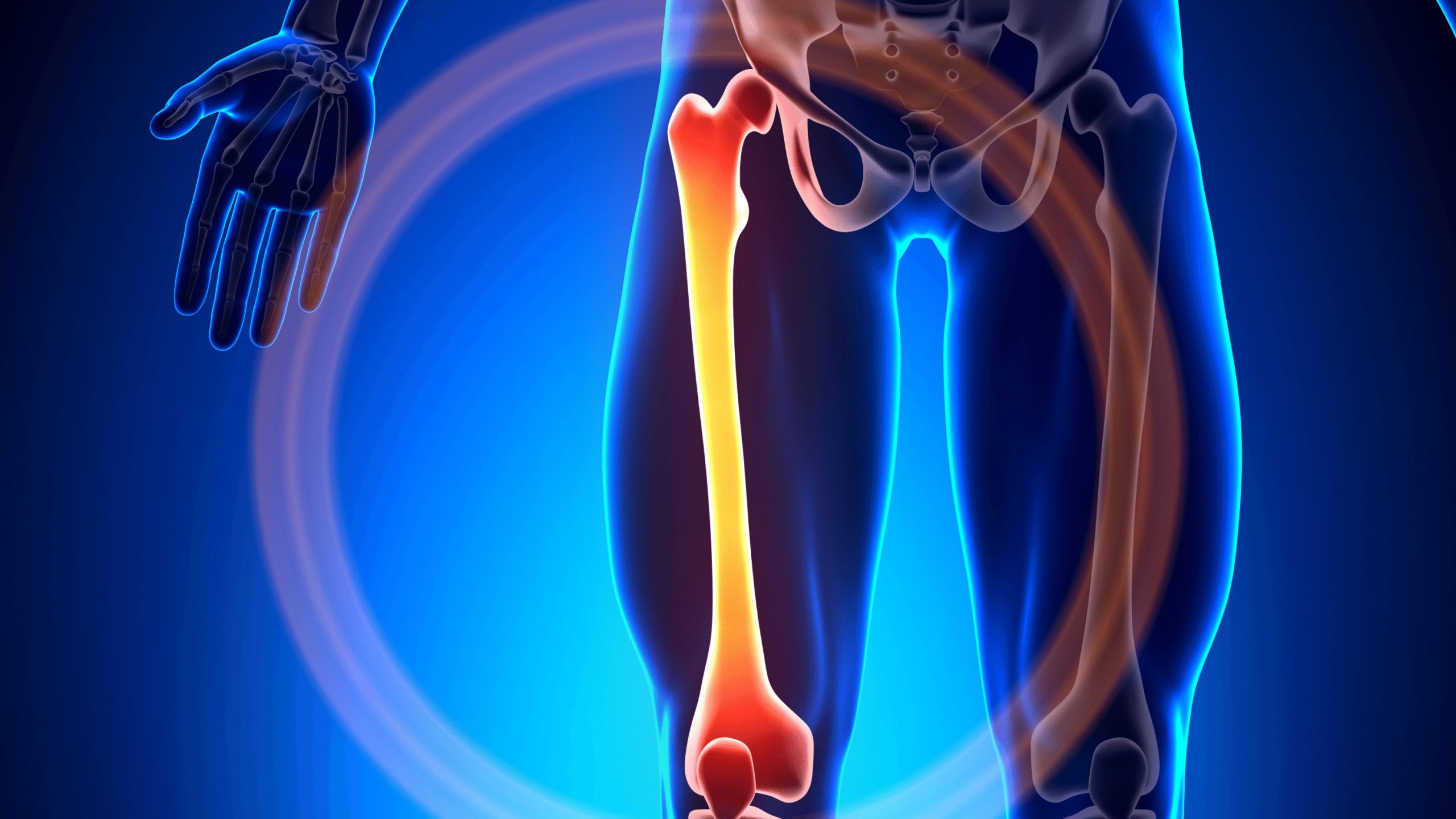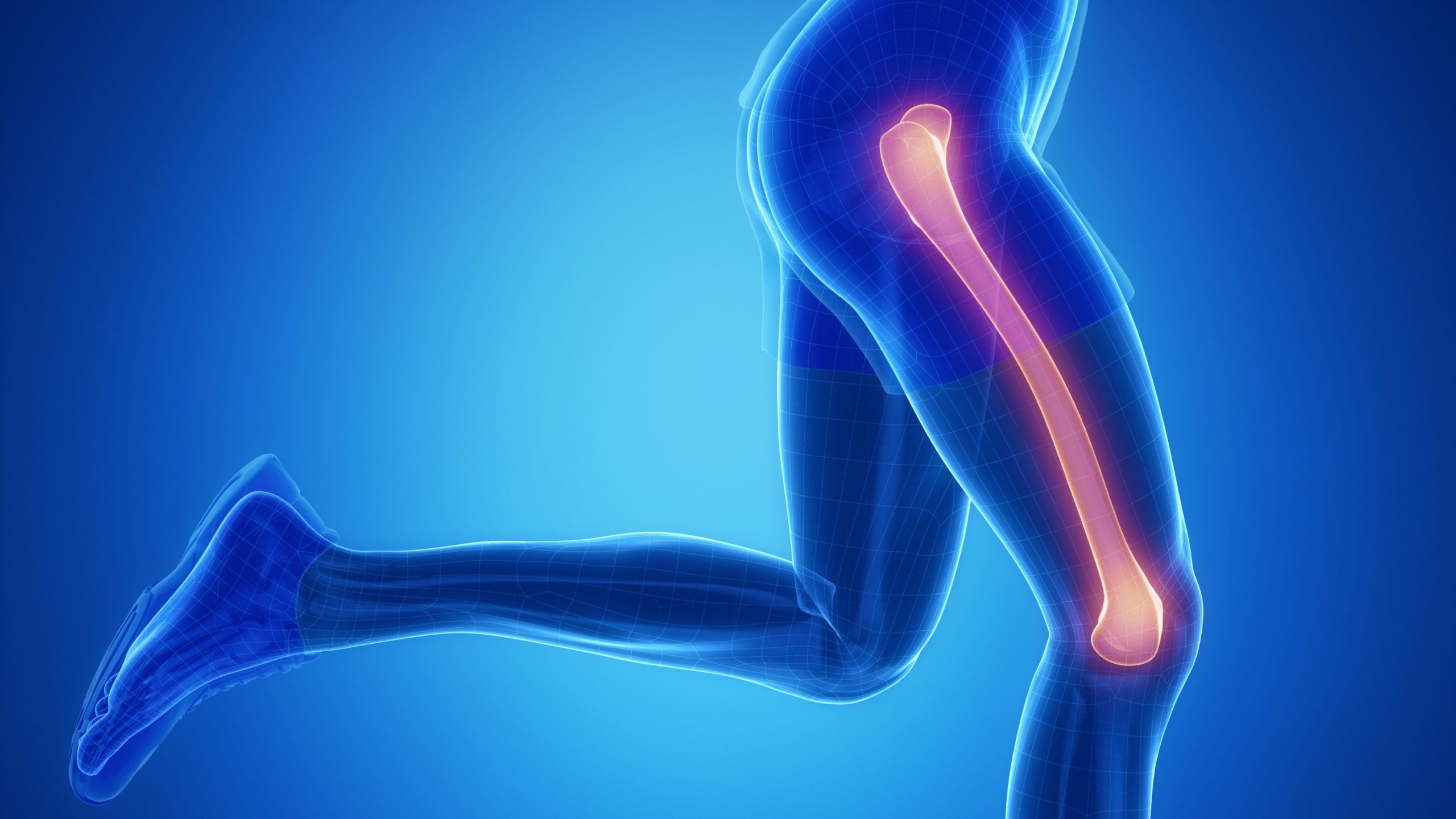Surgical treatment of femoral fractures Poland
Surgical treatment of femoral fractures in Poland at Medi Horizon Clinic
Fracture of the femoral neck is one of the most common injuries of the hip joint. This injury carries a high risk of complications – if left untreated, it can lead to permanent disability or even threaten life. That’s why the key is to perform the surgery as quickly as possible, allowing for faster mobilization of the patient and shortening the rehabilitation period. It also prevents complications resulting from immobilization. We provide comprehensive treatment for fractures of the femoral neck in Warsaw.
At Medi Horizon Clinic, Surgical treatment of femoral fractures in Poland is carried out by experienced orthopedic surgeons. Our team of specialists guides patients through the entire diagnostic process, ensuring they regain their mobility and fully enjoy life. Learn more and get answers to frequently asked questions!
Surgical treatment of femoral fractures in Poland at Medi Horizon Clinic is performed by experienced specialists in the field of orthopedics.

Frequently asked questions:
-
What is the femur bone?
The femur is the longest and heaviest bone in the human skeleton. It enables movement and proper weight bearing. It also serves as the attachment site for many muscles of the lower limb and the hip girdle. Comprising a shaft, distal end, and proximal end (which forms the hip joint), the femur’s neck connects the head to the shaft, forming two trochanters – lesser and greater. Despite being surrounded by numerous muscles and ligaments, the femur can still fracture due to the impact of significant forces, such as a fall.
-
Classification of fractures of the femoral neck
Among the most commonly used classifications of femoral neck fractures are those by Garden and Pauwels, which encompass various degrees and types of hip joint injuries. Based on these classifications, the doctor determines the course of treatment.
- I stopień – złamanie z niecałkowitym przerwaniem i bez uszkodzenia warstwy korowej kości,
- II stopień – złamanie całkowite bez przemieszczenia z uszkodzeniem warstwy korowej kości,
- III stopień – złamanie całkowite z częściowym przemieszczeniem kości,
- IV stopień – złamanie z całkowitym przemieszczeniem odłamów kostnych.
The classification of fractures of the femoral neck according to Pauwels is as follows:
- I type – the fracture line along with the horizontal line forms an angle of 30⁰. This provides good treatment prognosis and a low risk of complications.
- II type – the angle ranges from 30-50⁰. Compression forces equal shear forces, resulting in poorer bone healing conditions and a higher likelihood of adverse effects.
- III type – the angle exceeds 50-70⁰. Shear forces significantly outweigh compression forces, posing a high risk of complications in bone union.

-
Causes of hip fractures
Hip fractures, commonly referred to as “hip fractures,” increase with age. They can result from trauma caused by falling on the joint or spontaneous fractures due to advanced degenerative changes. A significant predisposing factor to such injuries is decreased bone mineral density—osteoporosis. It is estimated that every fourth woman over 60 is at risk of developing the condition.
On the other hand, hip fractures are relatively rare in younger individuals. They may result from a traffic accident or participation in injury-prone sports. Other causes of hip fractures include:
- Congenital bone fragility and brittleness,
- Prolonged use of steroids,
- Advanced age and associated limitations (impaired coordination and balance, poor vision and hearing),
- Low estrogen levels,
- Calcium metabolism disorders,
- Neurological disorders,
- Bone tumors,
- Accumulation of microdamage to bone structure,
- Lack of physical activity.
-
What are the symptoms?
Typical symptoms indicating a hip fracture include:
- Severe pain in the groin and hip region,
- Limited mobility of the limb during passive rotation,
- Deformation of the contours of the hip joint,
- Shortening of the lower limb and its characteristic external rotation position,
- Local tenderness around the hip joint,
- Swelling and bruising.
Persistent symptoms quickly lead to the inability to bear weight on the limb and walk.
-
How is the diagnosis performed?
Recovery after the procedure is an individual matter for each patient.
Diagnosis of a hip fracture is primarily based on imaging tests, including X-rays in anteroposterior projection. This allows for assessing the fracture gap and the extent of bone fragment displacement. In most cases, this is sufficient for diagnosis; however, sometimes additional diagnostic procedures such as magnetic resonance imaging (MRI) or computerized tomography (CT) may be necessary.
Therefore, based on this, the doctor determines the type of fracture and the extent of damage. They also plan the method for performing the surgical treatment. In addition to imaging diagnostics, the doctor conducts a thorough interview, including questions about the circumstances of the fracture and information about any concurrent medical conditions. The patient also undergoes a consultation with an anesthesiologist, during which they are asked to undergo a set of laboratory tests.
-
How does the procedure go?
The aim of surgical treatment is to restore the anatomical relationships of the joint as best as possible and achieve stable union, thereby allowing the hip to regain its function. The method of surgical approach depends primarily on the patient’s age, overall health condition, the extent of degenerative processes, and the severity of the fracture. Among the methods of treatment, we distinguish surgical treatment with fracture stabilization and hip arthroplasty, which involves replacing part of the bone with an artificial element.
At Medi Horizon Clinic, hip fracture surgery is performed on most patients under general anesthesia. The duration of the procedure is approximately 2 hours. After the surgery, the patient remains in the clinic under the care of qualified medical staff who continuously monitor their health. In over 90% of patients, hip fracture surgery is performed without complications. The best results are achieved when surgical intervention is undertaken within 12-24 hours of the injury. Comprehensive rehabilitation is essential for returning to functionality.

-
How does the recovery process look after the surgery and how long does it take?
The rehabilitation program following surgical treatment for a hip fracture must be fully individualized. It depends on various factors such as the patient’s age, accompanying conditions, or the extent of joint damage. Rehabilitation begins as early as the first day after surgery. It focuses on quickly mobilizing the patient to avoid complications associated with prolonged immobilization, such as thrombosis, pneumonia, or infection. Initial physiotherapy procedures include thrombosis prevention and teaching the patient proper crutch walking, stair climbing and descending, as well as educating them on daily activities.
Medi Horizon Clinic collaborates with qualified physiotherapists, ensuring that rehabilitation after hip fracture surgery yields very good results and helps in returning to full mobility. Rehabilitation should continue until the patient achieves normative values in clinical assessments. Full weight-bearing on the lower limb typically occurs around 12 weeks post-surgery. During this time, the goal of rehabilitation is to increase muscle strength and regain full range of motion in the operated joint.
Discover our competitive rates for the procedure tailored to your specific needs.
| Procedure | Approximate price |
| Treatment of femoral fractures | 8000 dollars |
Prices listed are approximate and do not constitute a formal offer under the Civil Code. Final costs are tailored to individual treatment needs, including length of stay, choice of implant, rehabilitation, specialized care, dietary preferences, and the patient’s condition.
Why choose Medi Horizon Clinic?
The team at Medi Horizon Clinic consists of experienced doctors specializing in orthopedics and traumatology of the musculoskeletal system. They expertly perform surgery for fractured neck of femur, using the best treatment methods available. The clinic collaborates with experienced physiotherapists, ensuring that patients receive comprehensive care throughout their recovery period. Remember, the sooner treatment is initiated, the better the chances of full recovery, so don’t hesitate! Break free from pain and seek assistance from specialists.
Our strengths

- Experienced Doctors
- Personalized Treatment
- Holistic Approach
- Quality and Safety
- Convenient Location
- Free Parking
- Immediate Service in Urgent Cases
- Modern Equipment
- Comfortable Conditions
Sign up for a consultation!
Sign up for a consultation! Qualifying for the procedure today and find out how we can assist you. tel. +48 530 763 608
Admission to Medi Horizon Clinic
Step 1 – Get in touch with us
Contact Registration Medi Horizon Clinic by telephone- +48 530 763 608 or via e-mail – rejestracja@medihorizon.pl and get comprehensive information.
Step 2 – Consultation Visit
Qualification for the procedure requires a standard consultation with a specialist doctor, who conducts a detailed medical interview and selects the appropriate treatment or correction method.
Step 3 – Decision of the Patient and Doctor
The doctor makes the decision whether the procedure is feasible and safe for the Patient. Explains to the Patient how the procedure will proceed, determines the scope, and the price. Then, the date for the anesthesiological qualification and the procedure itself is determined.
Step 4 – Procedure and Stay at Medi Horizon Clinic
We attach great importance to the optimal choice of anesthesia for the surgical procedure, management of postoperative pain, and appropriate patient regeneration and rehabilitation. The patient is constantly cared for by qualified medical staff.



